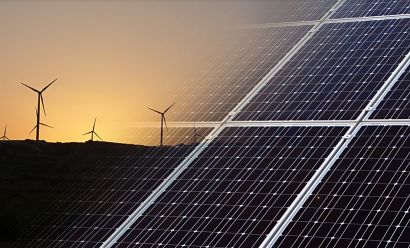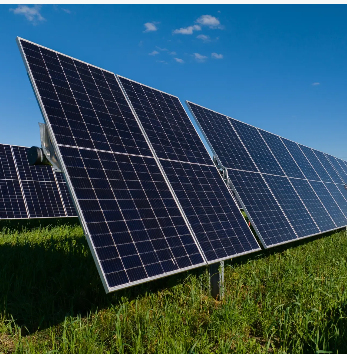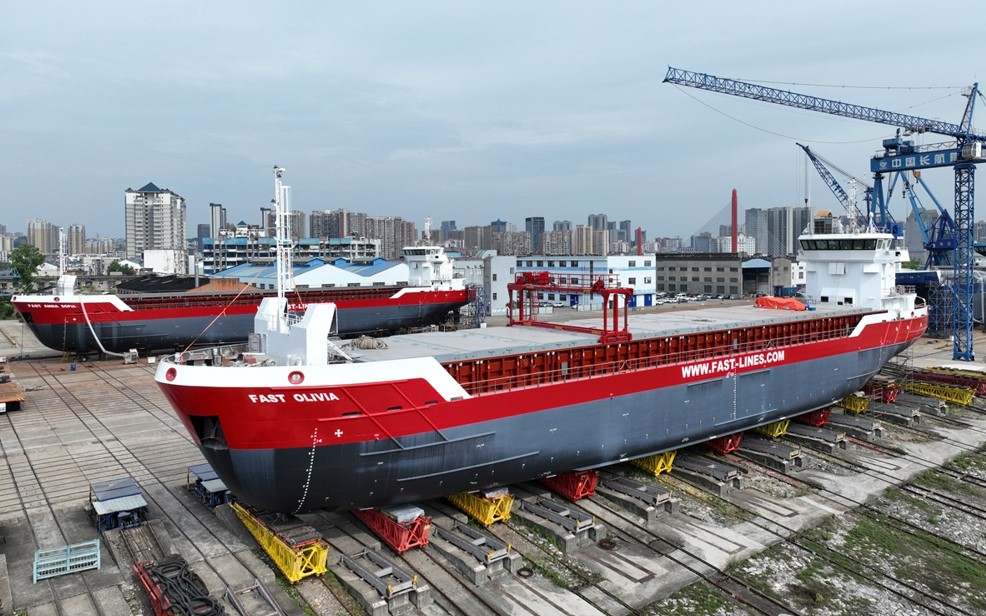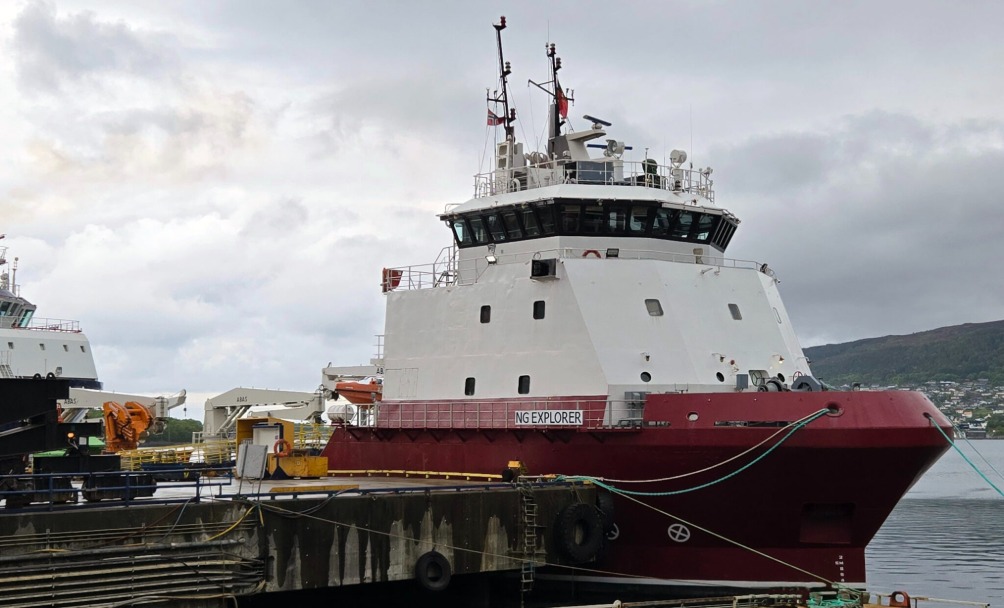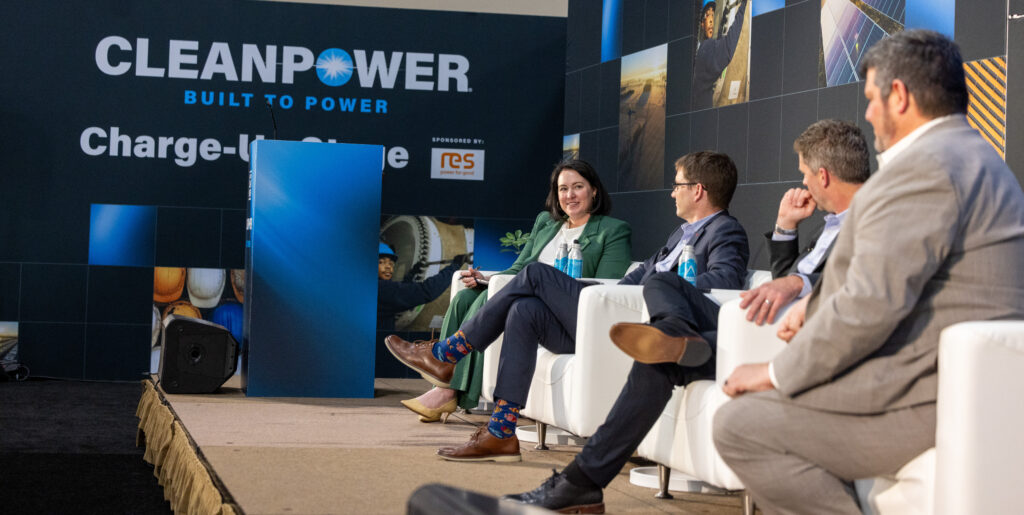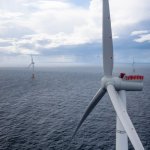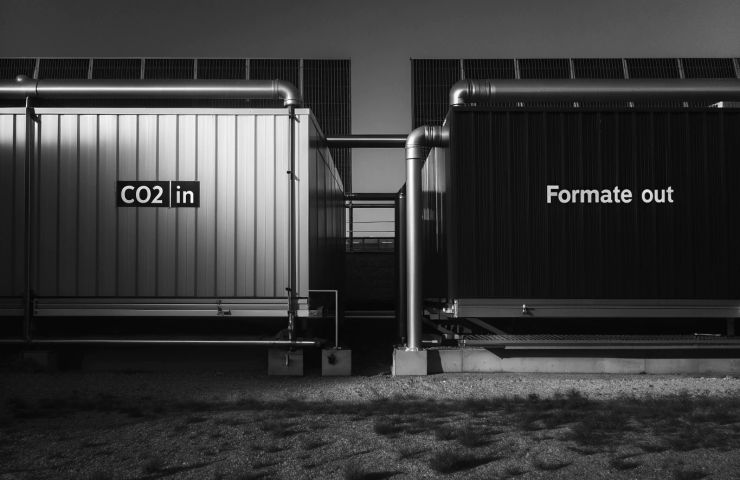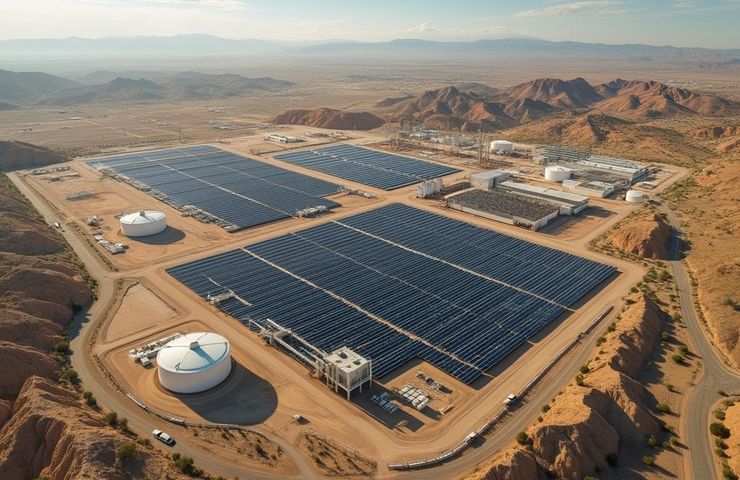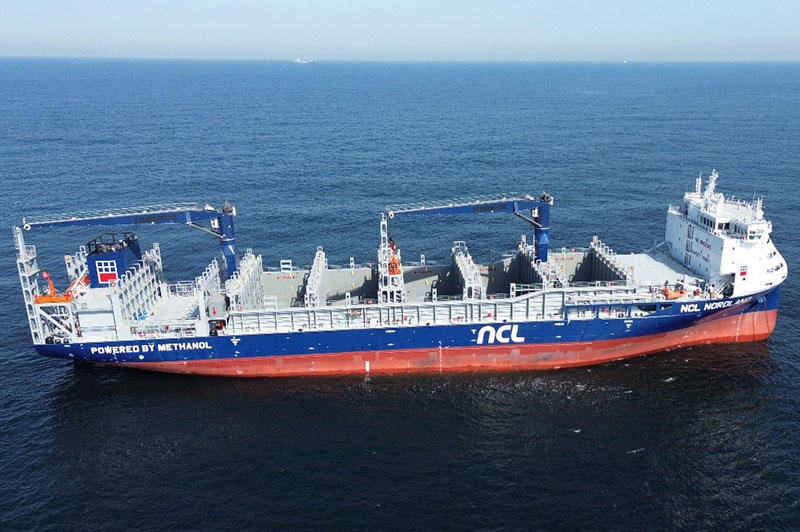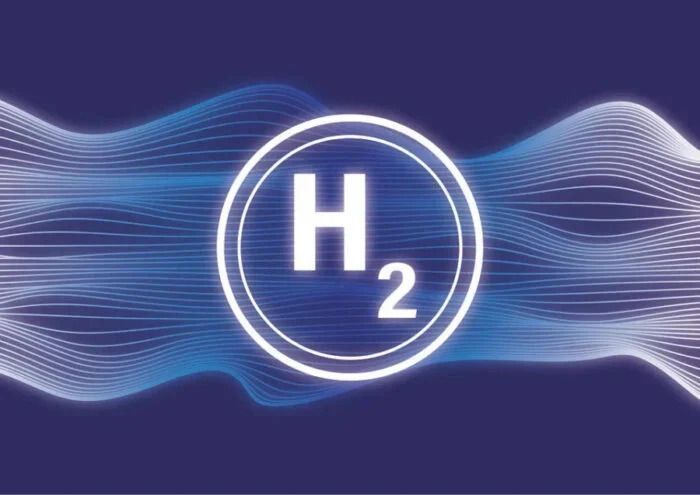PV outperforms wind, piezoelectric energy in street lighting
Scientists in Thailand have assessed which technology between PV, wind, or piezoelectric energy is better for powering street lighting and have found solar is the winning tech, as it proved both economically and technologically feasible.

Scientists in Thailand have assessed which technology between PV, wind, or piezoelectric energy is better for powering street lighting and have found solar is the winning tech, as it proved both economically and technologically feasible.
Researchers from Thailand’s King Mongkut’s Institute of Technology Ladkrabang have conducted a feasibility investigation for a nano-grid-based street lighting system and have found that PV should be the preferred energy source for the proposed system configuration.
They investigated the system as if powered by either PV, wind, or piezoelectric sheets and tested its technological and economic feasibility.
“The feasibility of employing PV, piezoelectric, and wind energy harvesting systems as electrical power sources for street lighting systems is examined, considering both energy generation and economic feasibility,” the team said. “An economic assessment was conducted for a 1 km nano-grid street lighting system, considering Thailand’s proximity to the equator and its abundant daytime natural light (6:00–18:00).”
Piezoelectric materials are commonly used for engineering applications, mainly as actuators and sensors generating and sensing mechanical deformation in materials. They can generate electrical energy by converting the mechanical energy exerted on them, in the case of this research, by passing cars.
The street light system consists of 120 W LED streetlights installed on 56 poles for a total load of 80,640Wh/day or 28,089.6kWh/year. In the PV installation scenario, each pole will also carry a 350 W monocrystalline silicon panel with an efficiency of 20%. With the irradiation levels of Bangkok, that sums up to a daily production of 98,000 Wh and a yearly production of 37,770 kWh.
Economic feasibility metrics have resulted in a discounted payback period (DPP) of 12.2 years, internal rate of return (IRR) of 11%, net present value (NPV) of $27,293, and levelized cost of electricity (LCOE) of $0.11/kWh.
The case of the piezoelectric energy harvesting system has necessitated 4,466 plates to be installed in the asphalt, each with a capacity of 0.102 W. Based on the assumption of 20,000 cars that would drive on top of the system daily, the daily energy production has resulted in 25.31 Wh and the yearly production in 9.24 kWh. Economic feasibility metrics have resulted in a DPP of over 20 years, no IRR, an NPV of negative $425,227, and an LCOE of $3,121/kWh.
The wind turbine was assumed to have a two-blade vertical axis, at a height of one meter. 560 wind turbines of 100 W were needed according to the simulation. Based on the wind generated by 20,000 cars, the daily energy production has resulted in 227,455 Wh, and the yearly production is 83,021 kWh. Economic feasibility metrics have resulted in a DPP of 33.2 years, no IRR, NPV of negative $30,362, and an LCOE of $0.18/kWh.
“The results of the study show that the PV and the wind system can produce sufficient electrical energy for street lighting systems. However, the wind system has high costs and is not economically feasible,” the academics explained. “As for piezoelectric energy, it produces insufficient electrical energy for street lighting systems and contributes to high investment costs. Hence, it is not suitable as a source of electrical energy production.”
Following these results, the team has decided to optimize the nano-grid for a system that includes both PV and wind power and storage of either lithium-ion or lead-acid batteries. In the case of lead-acid, 113 kWh of storage was needed, along with 5.98 kW of PV and 10 kW of wind power. DPP, in this case, was 15.8 years, IRR was 3.4%, and the NPV was $16,280. In the lithium-ion case, 71.5 kWh of storage was needed, along with 4.06 kW of PV and 8 kW of wind power. In this case, the DPP was 13 years, the IRR was 5.5%, and the NPV was $45,820.
“Hybrid PV -wind energy harvesting systems offer the most economically feasible option for nano-grid street lighting systems,” the team concluded. “The wind system is prioritized as the primary energy source due to its superior performance, with the PV system used to supplement periods of insufficient wind power generation. As a result, this strategy reduces the necessary size of both the energy harvesting and storage systems. “
Their findings were presented in “Investigating the feasibility of nano-grid infrastructure integration into street lighting systems based on energy production and economic evaluation,” published in Scientific Reports.
What's Your Reaction?

















